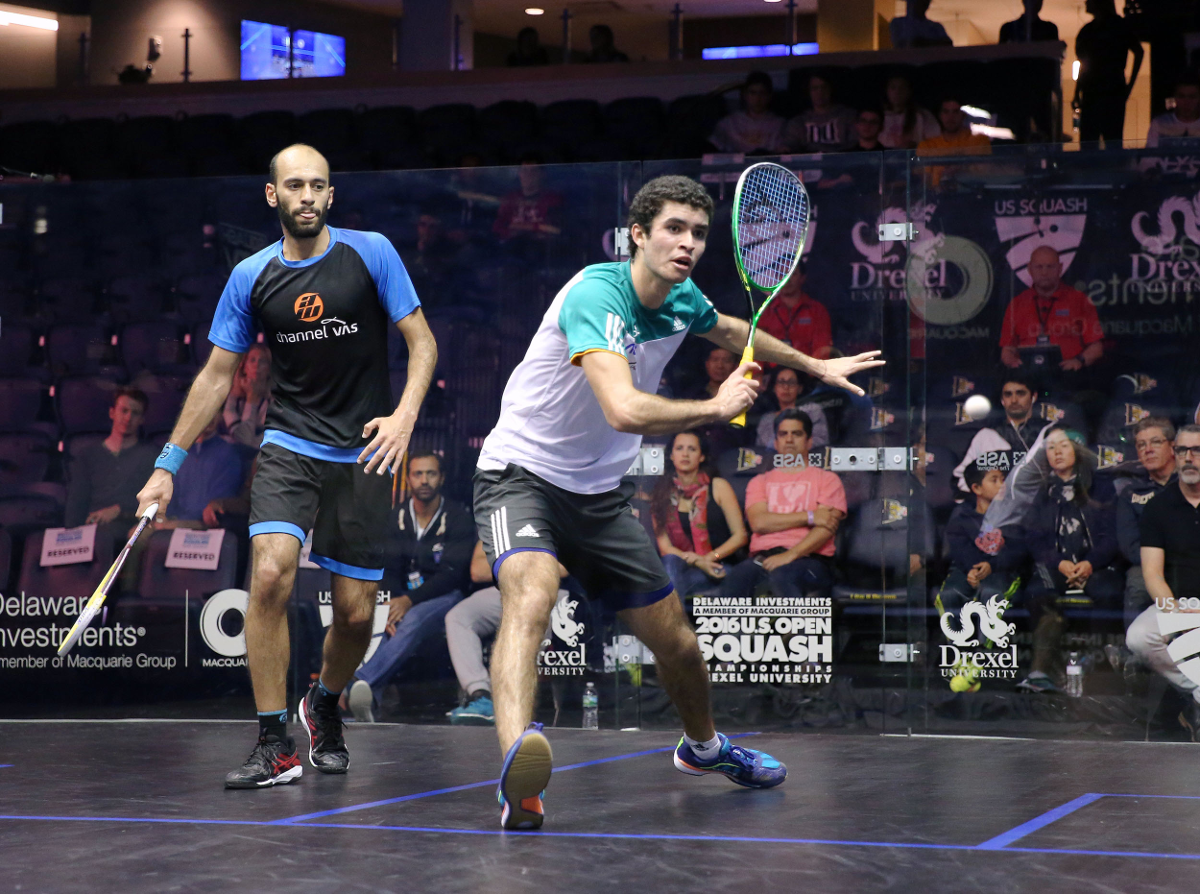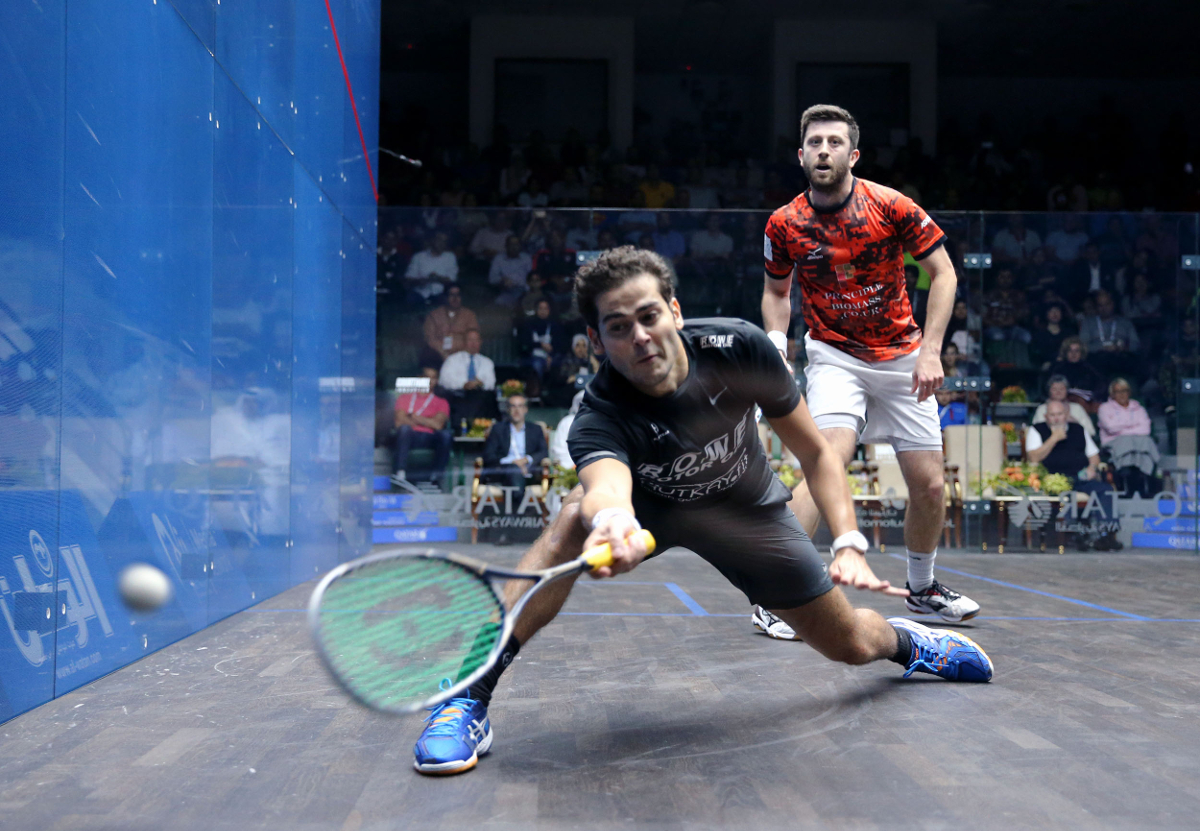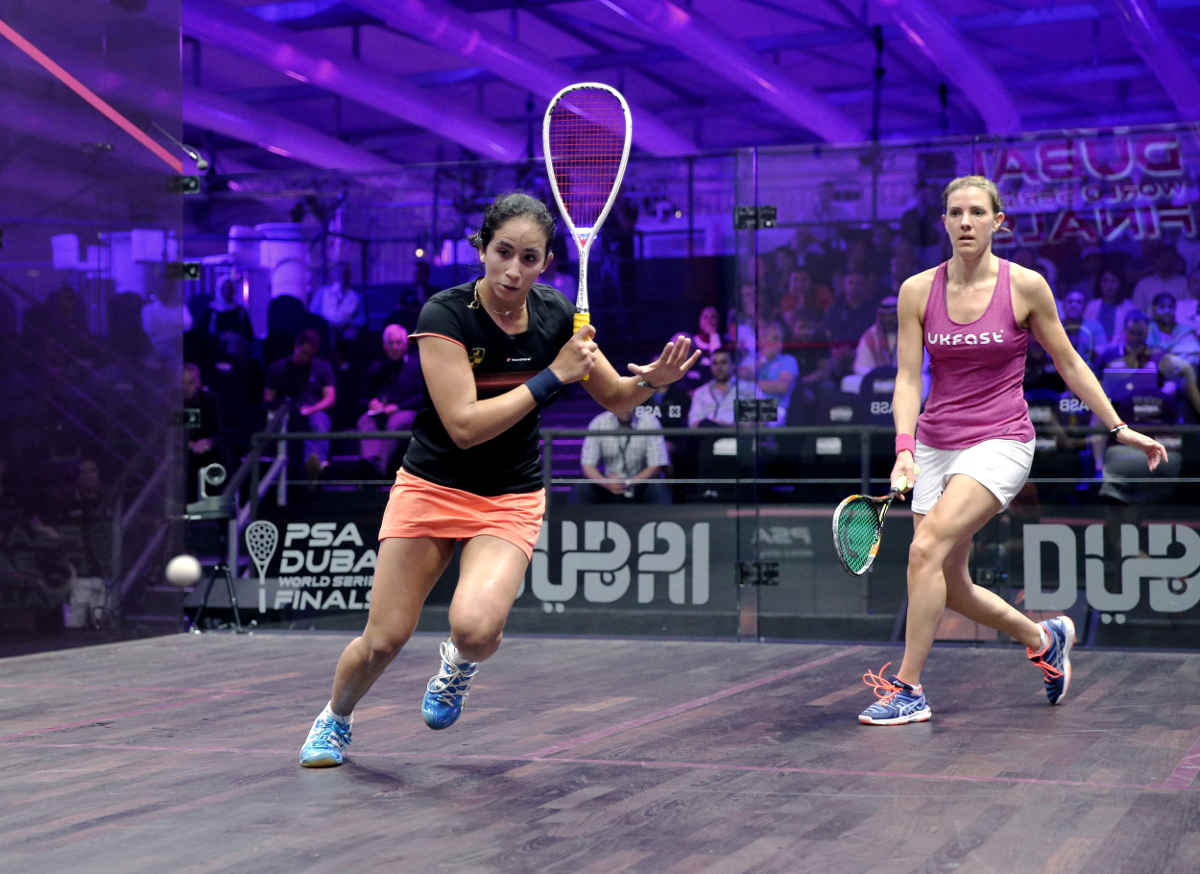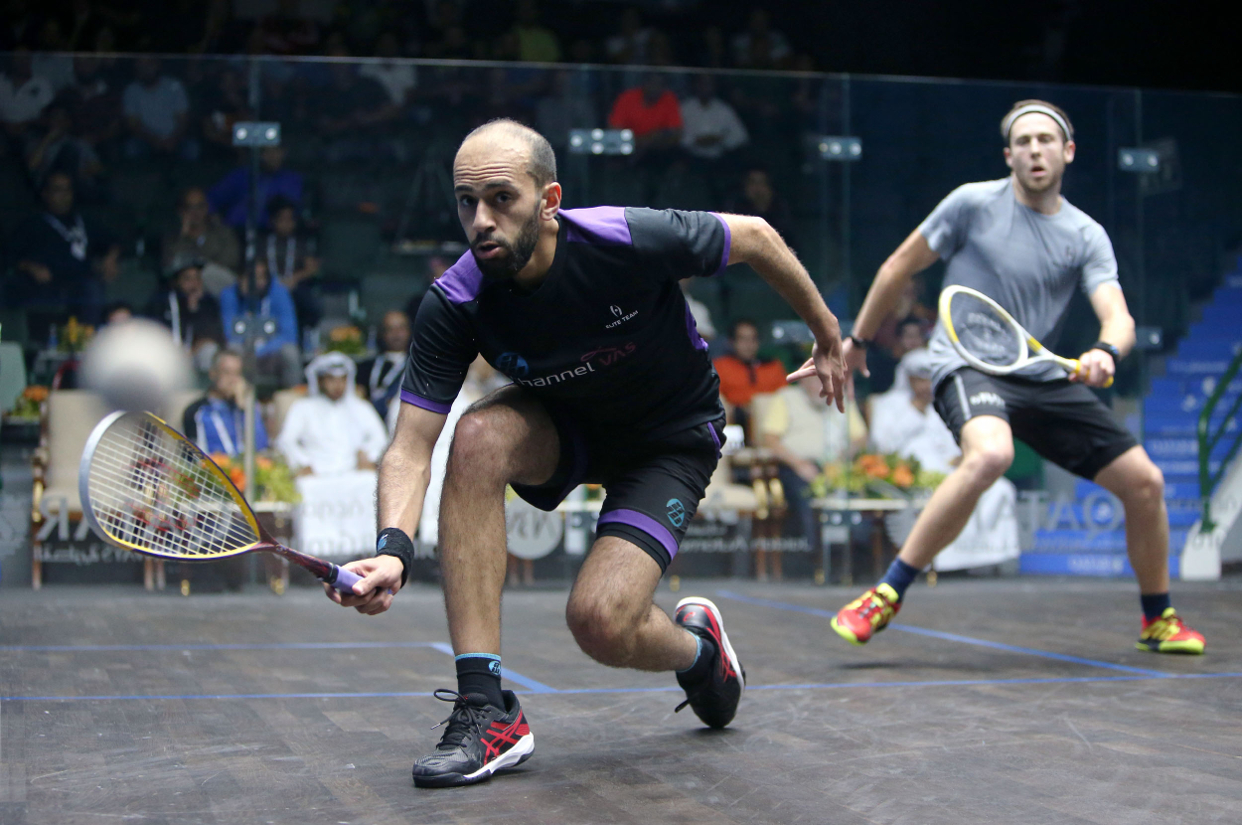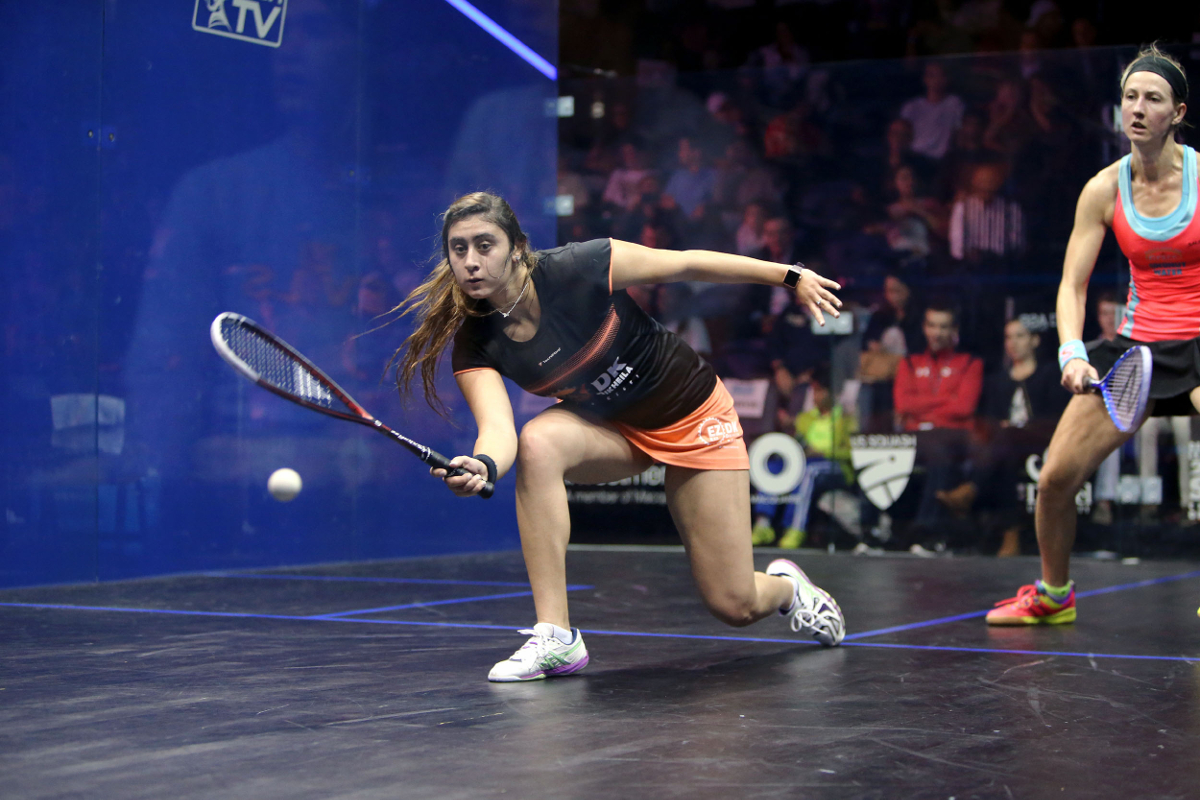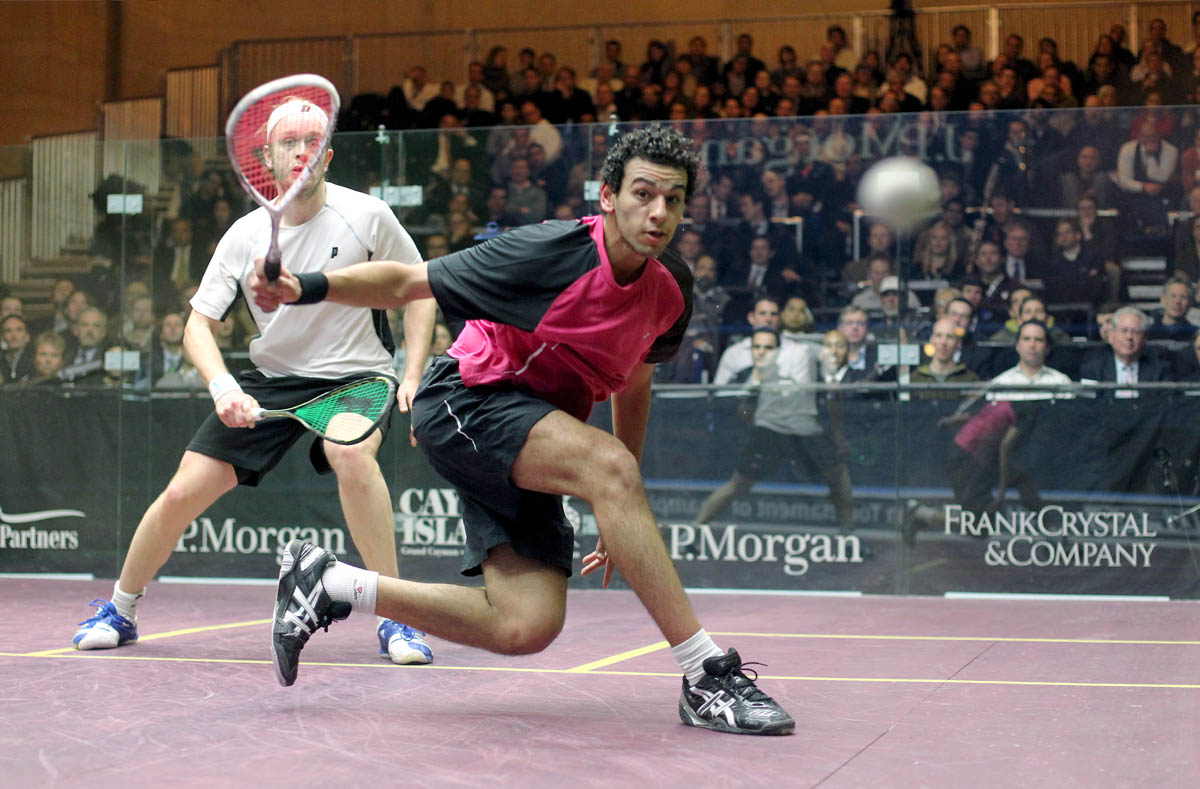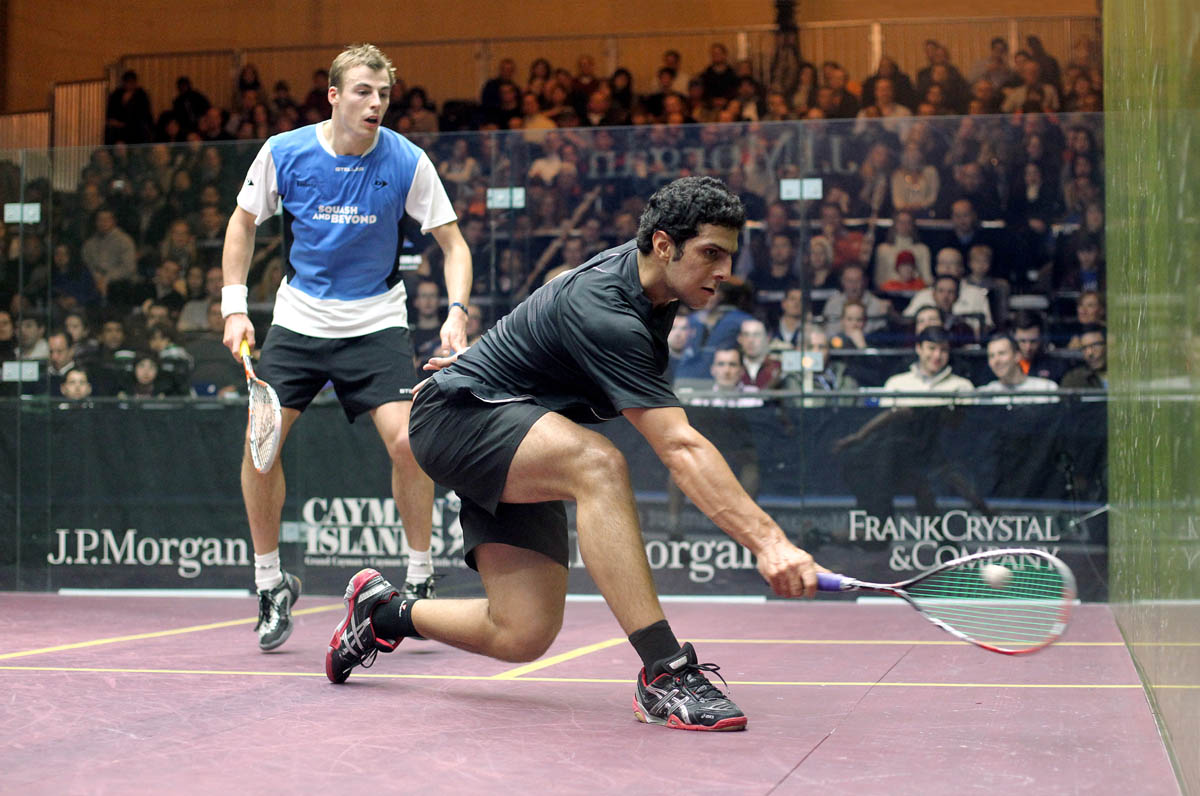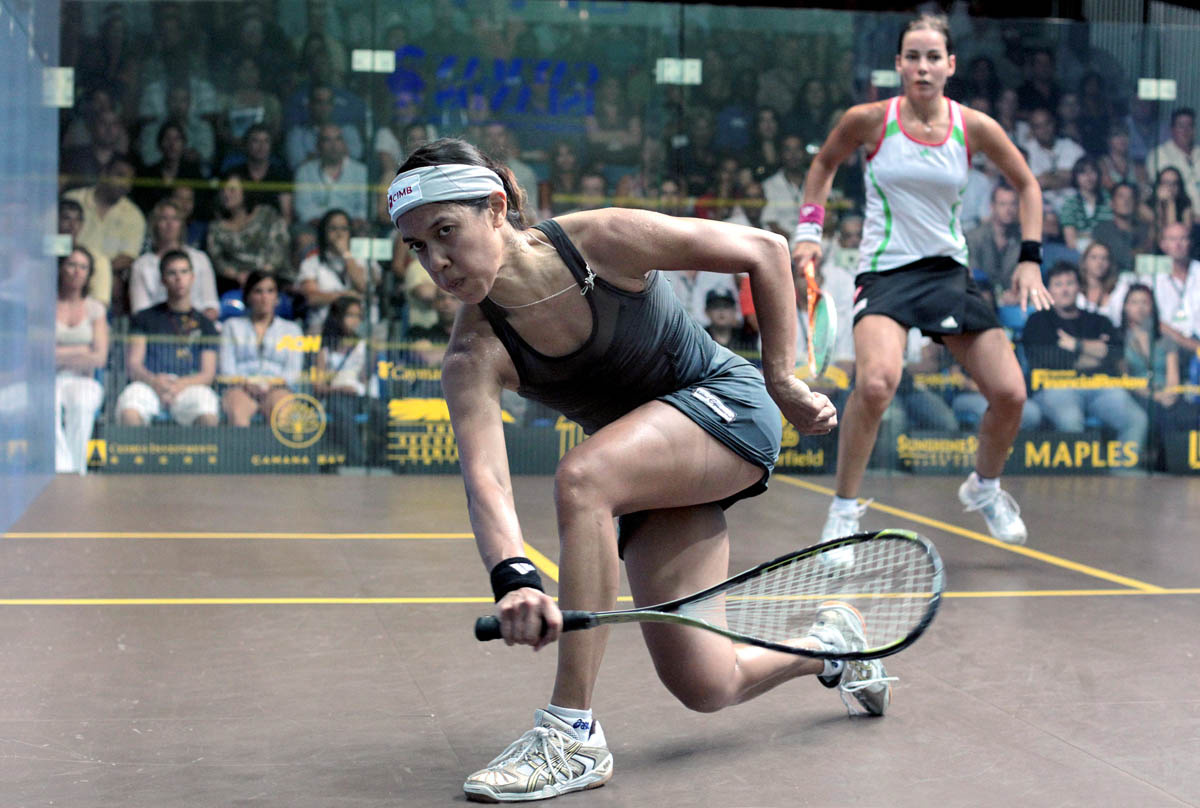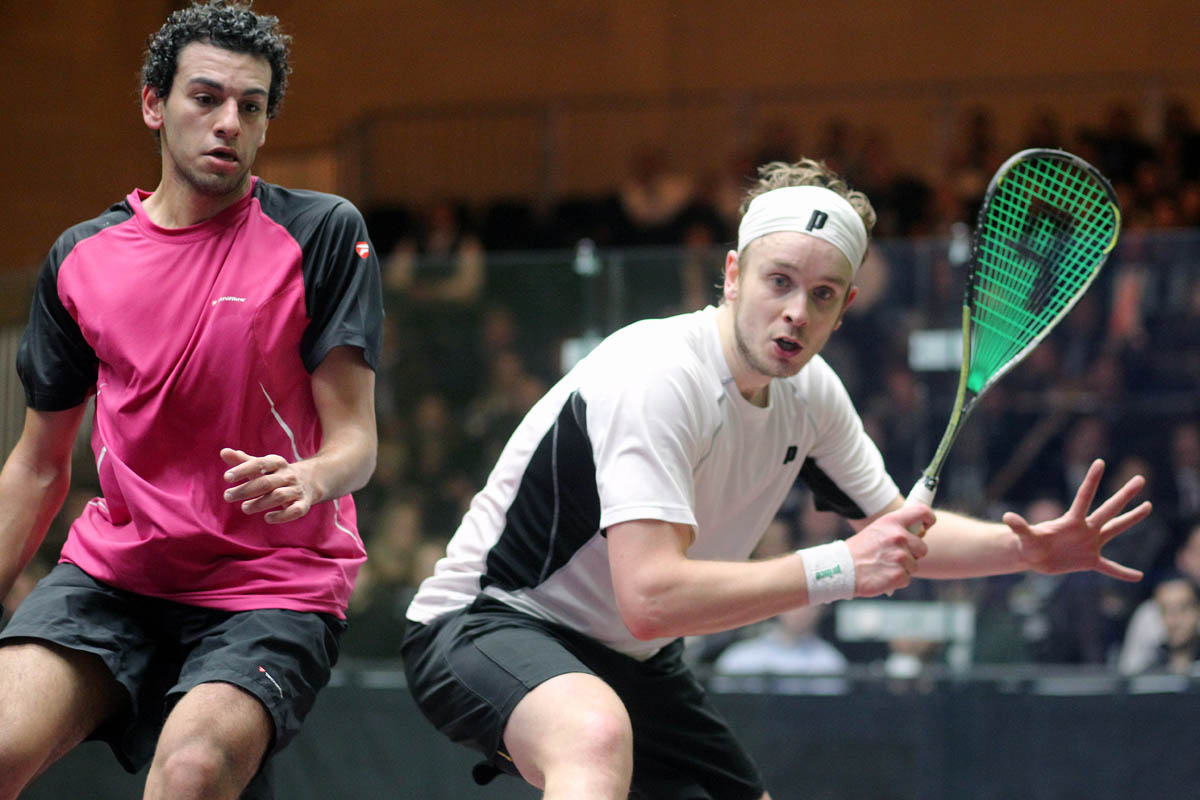Psychological & Physical
Introduction
The author recognises that both the Psychological and Physical aspects of squash are as equally important as the Technical and Tactical aspects. However, the author decided to provide only the following information as the author feels that the User can research elsewhere and gain the same benefits, if, the author was to provide a detailed analysis. However, the author stresses that the User specifically applies the Psychological and Physical aspects to squash.
Psychological
Sports psychology is an area that the player needs to accept as an integral part of the Program.The end goal is to achieve that feeling of being "in the flow".
Centering
Centering is a method used to assist the player to either lower or raise the player’s arousal level to an optimum level. For example, if the player is upset at either a referee’s decision or a poor shot, the player may be over aroused and this may result in an unforced error. In order to lower the arousal level to assist to refocus and prevent the error, the player needs to take time out with a physical cue. For example, pick at the strings of the racquet or wipe the hand on the sidewall. In this moment, the player should breathe slowly (not up in the chest but down low in the stomach) and focus on something squash specific.
Sometimes a player can be too relaxed, for example, the player may be winning easily and needs to increase the arousal level to refocus.
The player needs to practise these techniques.
Mental Rehearsal
Mental Rehearsal is a simple method that assists the player in the area of confidence. For example the player thinks of three to four positive self characteristics which are specific to squash. For example, “I am quick, I am strong, I am fit or I am a great volleyer”. The player should recite each one three to four times on several occasions throughout the day of an event. This assists the player’s confidence in a positive way.
Visualisation
In many sports visualisation is a key tool which coaches and players utilise.
It is used in the following areas.
During competition
The player visualises the outcomes of shots played. For example, the drop shot played with perfect quality hitting just above the tin and finding the nick. It is also important that the player when playing average (B Game) visualises the ball being hit with reasonable quality. For example, the drop shot played with reasonable quality hitting four to six inches above the tin. Furthermore, when the player is playing poorly the player again visualises the ball being hit with reasonable quality.
Out of competition
The player visualises the outcomes of shots played. For example, the drop shot played with perfect quality hitting just above the tin and finding the nick. The player visualises playing average (B Game) and visualises hitting the ball with reasonable quality. Furthermore, the player visualises playing poorly and again visualises hitting the ball with reasonable quality.
The player visualises the opponent’s strategy (patterns of play), weaknesses and strengths in order to incorporate new tactics.
The player visualises poor umpiring decisions and the required positive response.
The player visualises holding the winning trophy.
The player visualises successful outcomes of short, intermediate and long term goals.
During and out of competition - Visualisation is also used to assist the player to react to retrieve the ball.
For example, when the opponent is at the front and may drive the ball either side, the player visualises an arrow simultaneously moving out laterally each side from the hip. This encourages the player to cover both sides (hold).
This visualisation also assists the player not to over anticipate (hold) and not move in the wrong direction.
For example, when the opponent is behind and may drive the ball either side, the player visualises an arrow simultaneously moving out laterally each side from the hip. This encourages the player to cover both sides (hold).
This visualisation also assists the player not to over anticipate (hold) and not move in the wrong direction.
For example, when the opponent is behind and may drive the ball either side with an occasional boast, the player visualises an arrow simultaneously moving out laterally each side from the hip and then an arrow moving out forward from the hip. This encourages the player to cover both sides and the front (hold).
This visualisation also assists the player not to over anticipate (hold) and not move in the wrong direction.
Goal Setting
The player should set short, intermediate and long term goals.
Role playing
Use role playing when teaching strategy and technique. Advocate not telling the player what to do but ask questions of the player which leads to a discovery or reinforces the player’s understanding. For example, when learning strategy role play particular scenarios using role reversal where the player provides the answer. Result…..the player understands the particular tactic and is motivated during games to persevere with the tactic. Similarly, when teaching technique role play particular technical scenarios where again the player provides the answer. Result……the player's technical development accelerates through understanding.
Physical
The squash player needs to understand the three energy systems and their specific relation to squash.
Phosphagen
This system uses creatine phosphate (CP) and has a very rapid rate of ATP production. … High intensity training 10-15 seconds.
Anaerobic Glycolysis
Anaerobic glycolysis does not require oxygen and uses the energy contained in glucose for the formation of ATP. .. A range of high intensity from 10-15 seconds, 15-30 seconds and 30-60 seconds.
Aerobic Glycolysis
Aerobic does require oxygen……. A range of lower intensity from 5- 10 mins, 10-30 mins and 30-60 minutes.
Training
The player can do ghosting on and off the court and while ghosting the player can use visualisation for Technical and Tactical reasons.
Matchplay Solo Ghosting Routine
The classic ghosting routine which a player does because of its squash specificity is The Matchplay Solo Ghosting Routine.
The routine covers the three energy systems: Phosphagen, Anaerobic Glycolysis
and Aerobic Glycolysis and their specific relation to squash.
The player can do court sprints.
Court Sprints.
Before doing court sprints the player should learn the correct turning technique to prevent the possibility of injury to either of the following; hand, wrist, knee or back.
Thus the player should not use the wall to assit in stopping or turning.
The Tecnnique
The player swivels off the front of the foot while simultaneously transfering the body weight upwards during the turn.
The player slowly practises the correct technique.
When familiar with the turning technique the player will increase the speed
The player can do Fartlek Training; periods of fast running intermixed with periods of slower running, ideally done away from the courts. When doing the lower intensity of Fartlek running the player can use Mental Rehearsal.
Copyright South Australia Squash Academy Michael Nash All Rights Reserved


